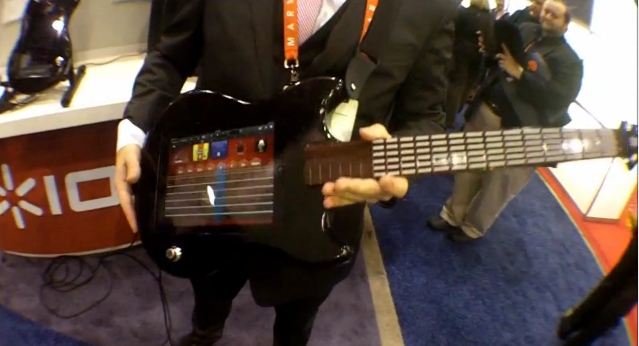
Guitar Apprentice: a legit iPad guitar
I've been saying it for almost three years now...the iOS app ecosystem has truly changed the music industry. Nearly everything you needed to do in order to be a working musician you could do in some way with your iPhone/iPod/iPad.
And that was before the core MIDI spec was rolled out.

T-Mobile USA expands HSPA+, won't 'move very fast' on LTE
With its planned merger with AT&T now dead, T-Mobile USA must find ways forward to continue as a viable entity. The company late Tuesday announced that it had completed HSPA+ network upgrades in new markets, further expanding its "4G" footprint. That said, it appears in no rush to move to 4G.
T-Mobile now offers 42Mbps HSPA+ in 175 of its markets, covering an estimated 186 million people. Its slower 21Mbps HSPA+ service has also expanded, now covering 217 markets. This will likely widen shortly, as the carrier receives spectrum due as part of the merger breakup with AT&T -- but it first must gain regulatory approval.

Hands-on: Intel's Android smartphone reference design
Leading PC chipmaker Intel shook the Consumer Electronics show on Monday with the announcement that its Atom processors will be shipping in Android-based smartphones by Motorola and Lenovo in the second half of the year.
“The best of Intel computing is coming to smartphones,” said Intel President and CEO Paul Otellini in a statement on Monday. “Our efforts with Lenovo and Motorola Mobility will help to establish Intel processors in smartphones and provide a solid foundation from which to build in 2012 and into the future.”
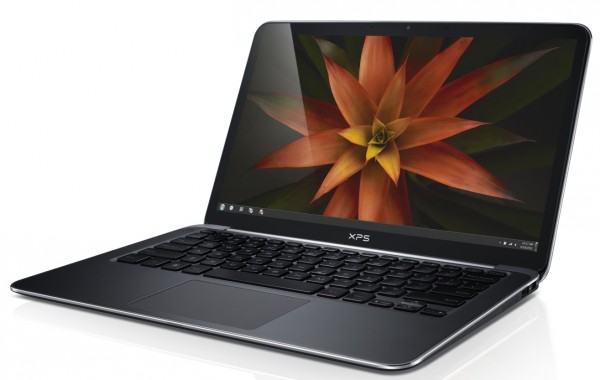
Dell gives more ultrabook in smaller body
As expected, Dell has joined the ultrabook foray, announcing the XPS 13 at Consumer Electronics Show 2012. Thin and lights aren't new for Dell, but joining the announce-now-and-ship-later CES crowd is disappointing. As a build-to-order maker, Dell is known for shipping right away. If you want an XPS 13, however, the Round Rock, Texas PC maker will make you wait until the "end of February".
The XPS 13 inherits from its predecessors, like the XPS 14: The screen is edge-to-edge, allowing for a larger display in a smaller enclosure. Dell boasts a 13.3-inch screen in the size of an 11.6-inch portable, claiming the frameless display reduces XPS 13's footprint by 15 percent compared to comparable 13.3-inch laptops. Looking at the product photo, I don't see how the screen is any more frameless than Apple's MacBook Air.
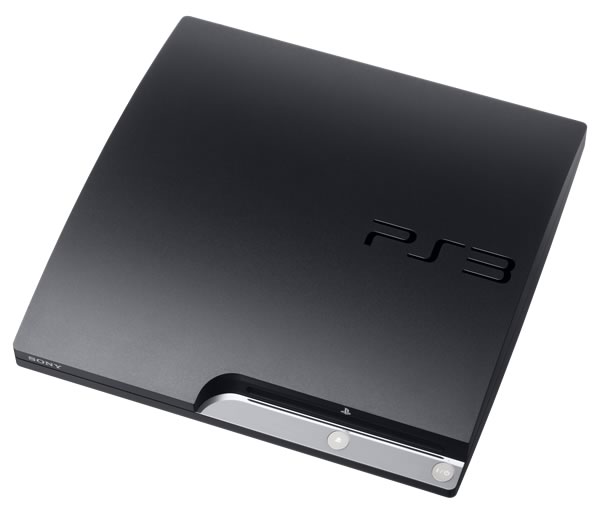
Don't expect PlayStation 4 at E3, or any time soon
Well, here's a strange Consumer Electronics Show announcement. Typically participants tout what products they will release. Sony has taken a different tack, announcing what's not coming.
The consumer electronics giant is sticking to its guns, and maintains that PlayStation 3 is a product with a 10-year life cycle. If you were hoping to see the PS4 at E3 this year, don't hold your breath. Former video game chief and now Sony chairman Kazuo Hirai told reporters at a roundtable discussion at CES that the company will not unveil a new console at the yearly conference.
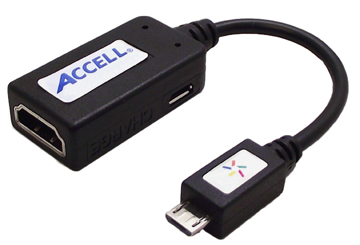
Hands-On: Android 4.0 devices hook up to any HDTV with MHL
Last week, when Roku debuted the Smart Stick, essentially a set-top-box in a USB stick form factor, I made a point to seek out products at the Consumer Electronics Show that utilize the Mobile High-definition Link (MHL) standard that the Roku Smart Stick uses. Fortunately, I found representatives from the MHL Consortium who were more than happy to show how easy it is to connect an Android device to an MHL-compatibile television, and witness the uncompressed MHL experience first hand.
As of right now, there are about 50 devices (smartphones, televisions, tablets, etc) that support MHL; with the majority of them coming from South Korean CE leader Samsung.
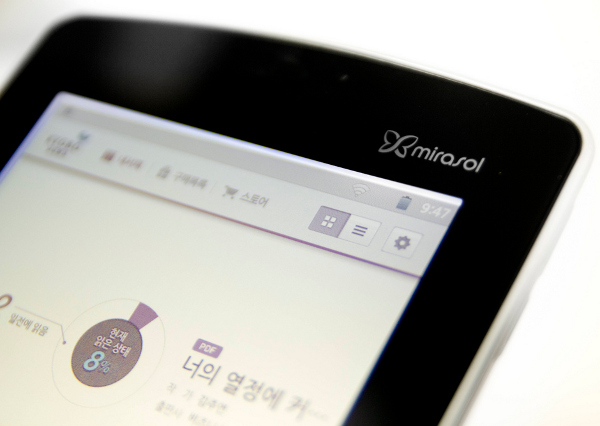
Qualcomm's Mirasol color e-readers are real, in production, and awesome
Leading Chinese E-reader maker Hanvon is the company to watch if you're interested in energy efficient color e-reader display technology. Last year, the company debuted the world's first color e-reader using E Ink's color E Paper display, and today, Qualcomm announced that Hanvon has created the thinnest e-reader yet to use Qualcomm's MEMS-based Mirasol display technology.
We've been eagerly awaiting Mirasol's commercial arrival for two years, and little appeared to change between the 2010 and 2011 Consumer Electronics shows. Both times, Qualcomm turned up with a dummy unit that had no real software to interact with, that simply ran a demo video. This year, it's all changed. There are now three major companies pushing Mirasol e-readers in Asia, and we finally get to see how well they work.
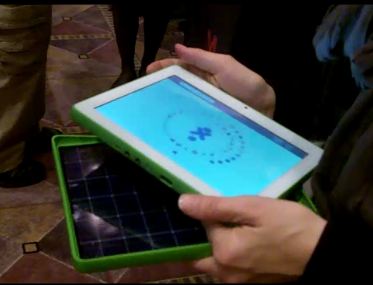
Hands-on with the One Laptop Per Child XO-3 tablet
At CES 2012, semiconductor company Marvell has shown up at the center of two major projects that shifted from x86-based systems to ARM-based systems. In both cases, it has also been a project that Intel had withdrawn from: Google TV, and One Laptop Per Child.
Marvell's Google TV platform announcements came quickly and with little forewarning; but its OLPC participation has been long-running and easy to track. At CES 2011, we saw the OLPC XO 1.75 running on Marvell's Armada 610 chipset. The company announced this week that those devices ship worldwide in March 2012.
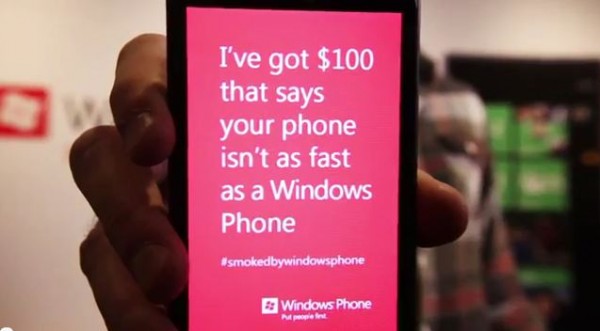
Get smoked by Windows Phone, win $100
Microsoft is eager to prove itself in the mobile space, and is putting down $100 at Consumer Electronics Show 2012 betting Windows Phone can "smoke" the competition. Microsoft evangelist Ben Rudolph is roaming halls of the show this week, angling to duel with any willing participant. You win? You get $100 on the spot. You lose? Well, you have to admit defeat at the hands of Microsoft.
You got to admit, at least Microsoft isn't fading away into the CES night without a good fight or two first to prove it's still relevant.
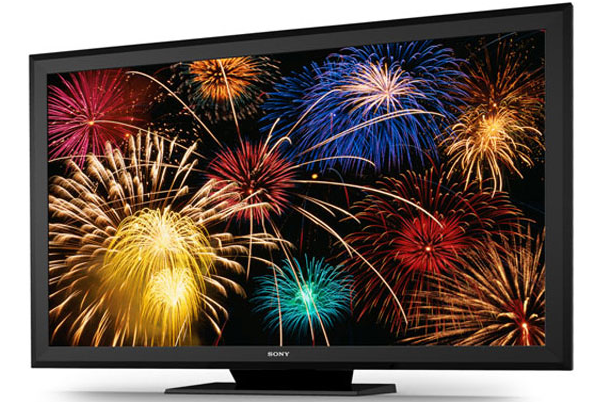
Sony aims to shake up HDTV with Crystal LED technology
These days, innovation in HDTVs is hard to come by. However, Sony is ready to change the industry with its new crystal LED displays on display this week at Consumer Electronics Show 2012. While the technology is nowhere near ready for production, the Japanese electronics maker made it one of its key announcements during a keynote Monday night.
Sony CEO Howard Stringer saved no rhetorical flourish while describing picture quality: "Your eyes will pop, your mouths will water, you'll tell your friends 'I have seen the future, and it's a Sony'". The company claims the color reproduction is far superior to an LCD television set, the technology powering a significant portion of HDTVs.
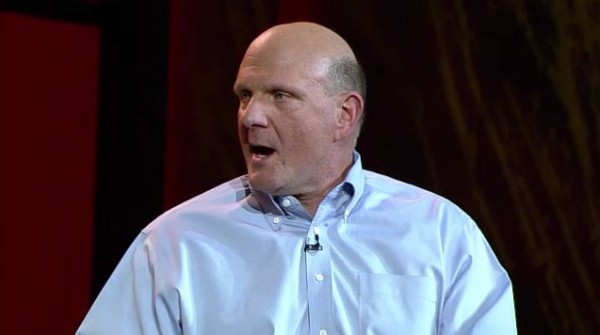
Steve Ballmer says goodbye to CES
There are no more chances for Steve Ballmer. This is the end. His swansong. The final hurrah. Microsoft's CEO stepped onto the Consumer Electronics Show keynote stage for the last time tonight. If my count is right, a Microsoft chief executive has given 13 CES opening keynotes -- with this year's the 12th consecutively. Ballmer's last is his third.
Ballmer was in good form as he donned the stage. Boisterous, cagey but not his usually caged manner -- he typically paces around like a penned up tiger, and he often yells like one growls. Ballmer was subdued tonight, as he took the stage with Ryan Seacrest, who seems to be everywhere these days (not just "American Idol"). Seacrest was an excellent choice for a fireside chat with Ballmer. Many people probably don't remember the TV-show host from his days at CNET. Yeah, CNET. Seacrest co-hosted a tech show.
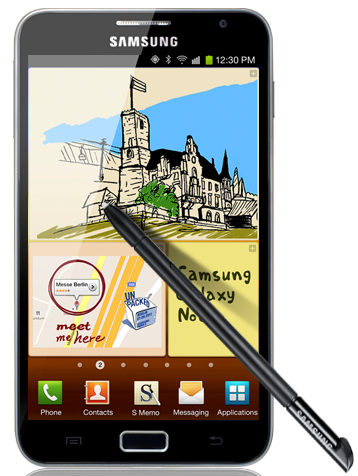
It's a smartphone, no it's a tablet -- Samsung Galaxy Note comes to AT&T
Before buying Galaxy Nexus last month from Verizon, I considered holding out for Galaxy Note, after hearing confident rumors about AT&T bringing it stateside. The idea of sketching and taking notes on a smartphone appealed. Samsung had created something of a hybrid -- a cross between a smartphone and tablet. Then I saw a Samsung media player on display at Best Buy, with a similar size screen -- 5.3 inches. Galaxy Note is too big for me. Is it for you?
AT&T and Samsung officially announced Galaxy Note LTE -- the third big 4G phone announced today for the carrier, the others being Nokia Lumia 900 and HTC Titan II (technically there were a half-dozen LTEs); all done at Consumer Electronics Show 2012. Galaxy Note has something of an identity crisis, being a phone, mini-tablet and S-pen -- that's stylus to you, bud -- device. The hybrid is meant to be used for drawing as much as touch, and I see it designed for more of a niche market -- unless of course 5.3-inches, and that's just the screen, isn't too big for your pocket.
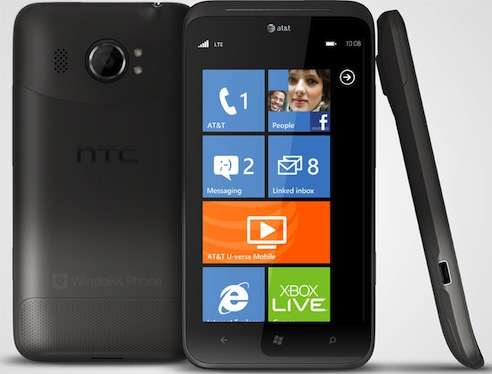
Windows Phone beats iPhone to 4G LTE
Currently there are 11 4G LTE phones -- two from AT&T and 9 from Verizon -- available from major US Carriers, and they're all Androids. Even more are coming, some this month, and again they're all Androids. There is no LTE iPhone and until today's HTC Titan II announcement, nothing running a Microsoft operating system. Finally, prospective Windows Phone buyers can get super-fast cellular data. iPhone users are out of luck. Well, maybe. HTC says the LTE Windows Phone is coming to AT&T "in the coming months". Who knows, iPhone 5 LTE could come sooner.
Like its predecessor, Titan II will be available from AT&T, which is good for HTC, Microsoft and Windows Phone. The brawny 4.7-inch-display smartphone will only compete with two other LTE handsets there -- HTC Vivid and Samsung Galaxy S II Skyrocket. Better to be one of three at AT&T than one of 10+ at Verizon. That's assuming AT&T adds no other LTE smarphones "in the coming months", before Titan II goes on sale. Last week I posted the "7 things I really don't want to see at CES". Among them: Products announced that don't ship for many months later.
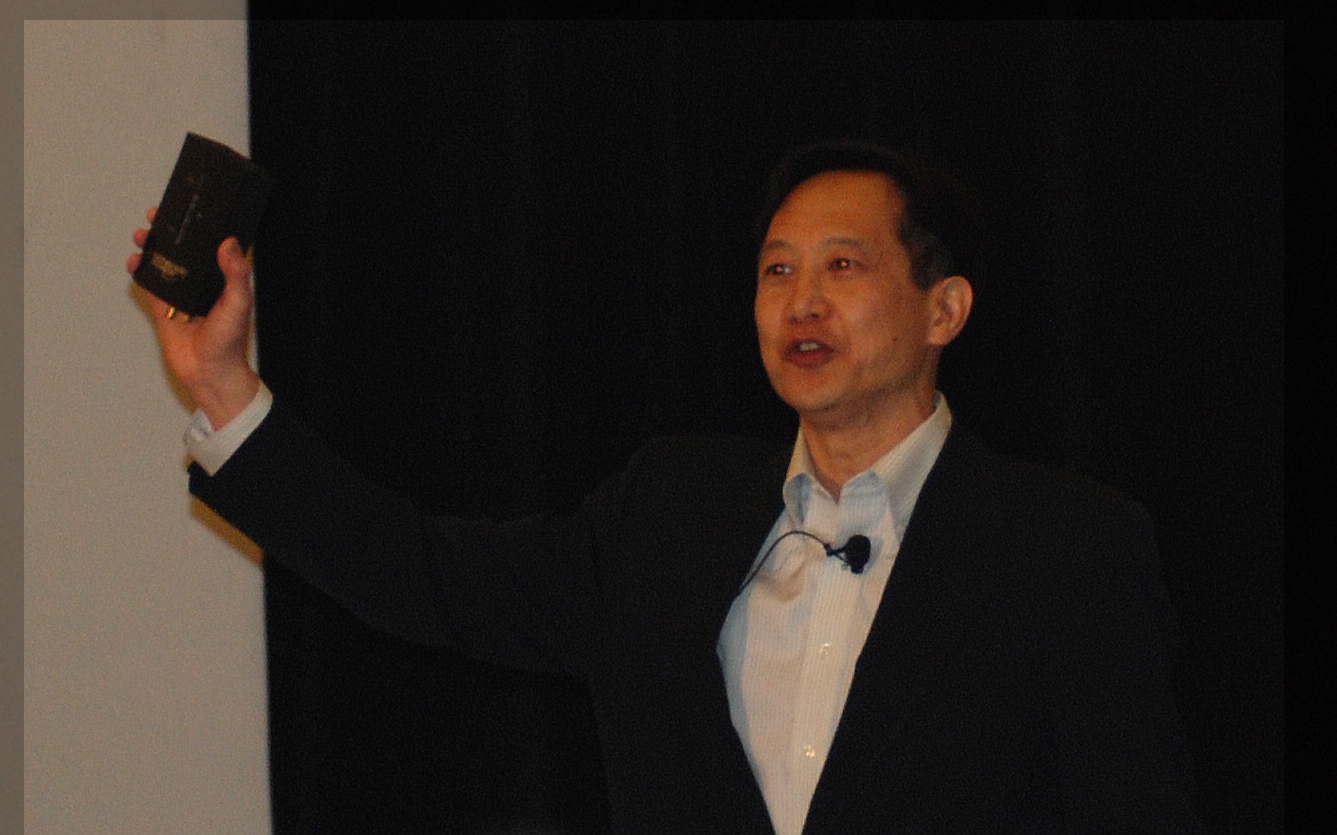
Monster debuts Android, iOS, Windows Phone app for home power control
CES Press Day is also known as the day of back to back press conferences, when journalists are served a giant hype sundae topped with sprinkles of actual news.
It's an important day for companies to tell the consumer electronics press (and by extension, consumers) what to expect from them for the year, so at every CES, I spend the day darting in and out of rooms and trying to keep up with the deluge of announcements.
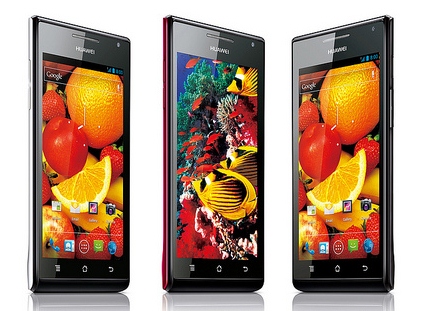
Huawei's thin smartphone leads slate of compelling mobile devices at CES
There's always the race at the Consumer Electronics Show to be the smallest, the lightest, the thinnest, the biggest. Huawei is following that strategy, debuting the Ascend P1 S on Monday. At 6.68mm thick, it claims to be the thinnest smartphone on the market. For comparison purposes, look at iPhone 4S, which measures in at comparatively stout 9.33mm, or the Galaxy S II, also a little overweight at 8.49mm.
The Ascend runs Android 4.0 Ice Cream Sandwich, and features a 4.3-inch screen with Corning's Gorilla Glass. You have to wonder though if Huawei waited a bit could it have slimmed down the Ascend even more with the new thinner Gorilla Glass 2. Other features include a 1670/1800mAh battery depending on the model, 8-megapixel rear-facing and 1.3-megapixel front-facing cameras, HD picture capabilities and integrated WiFi and Bluetooth.
